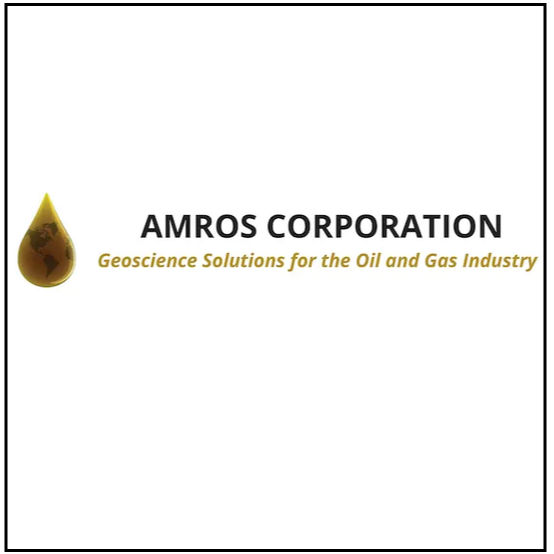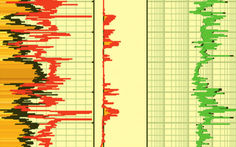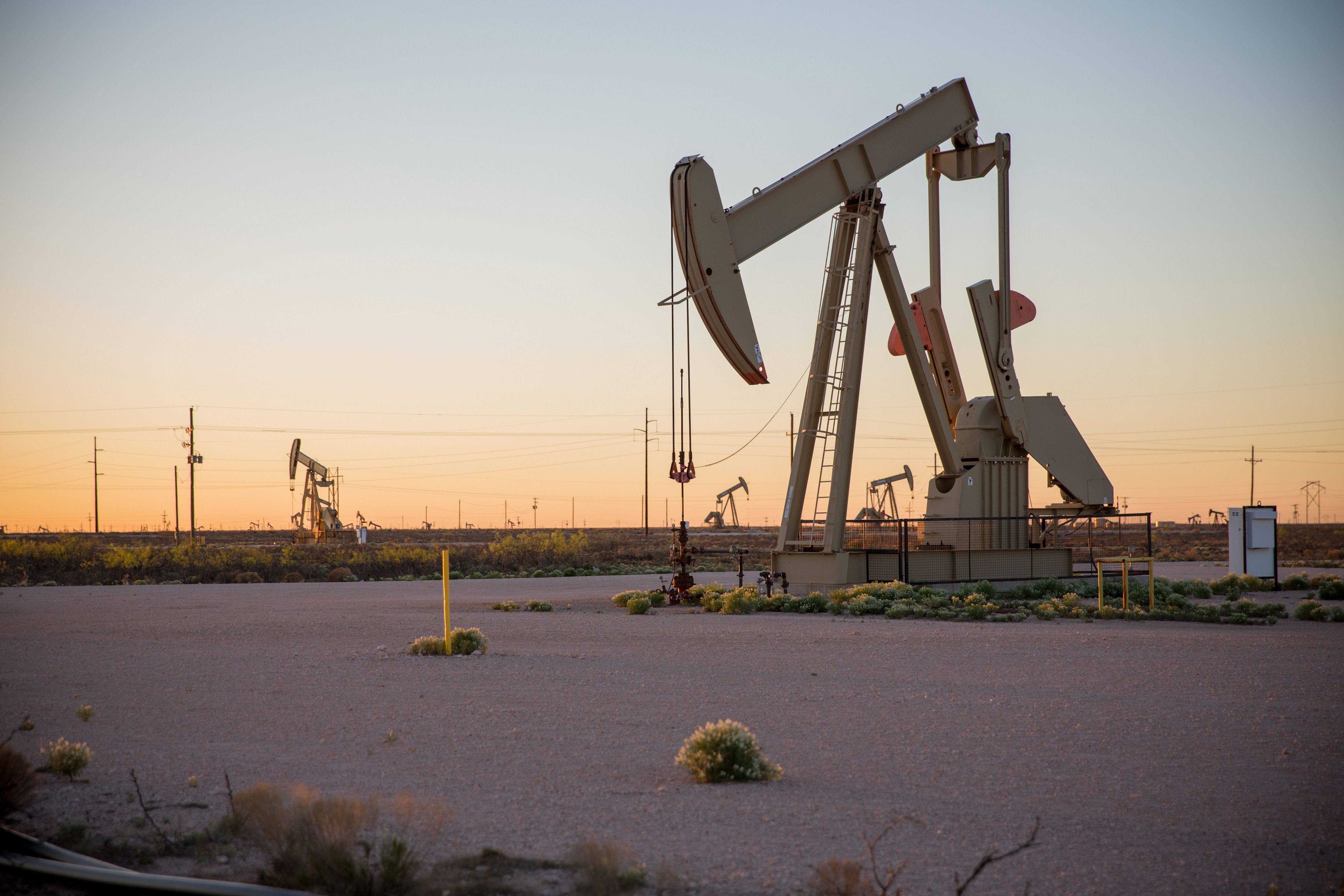
You Will Get Feasibility Studies

Share
Description of Service
Traditional methods and techniques for log data interpretation that have been successfully used for conventional reservoirs are not applicable to shale plays, so operators have been developing shale deposits with limited data, essentially blindfolded. As a result, the focus has shifted to cost control and drilling efficiency. The popular ‘factory drilling’ or ‘geometric’ approaches would be ideal for homogeneous formations, but as is well known, shale plays are very inhomogeneous vertically and laterally. These approaches reduce the cost of drilling a single well, but increase overall development costs and environmental impact because they result in drilling and fracking a large number of low producing wells and zones. Fracking rocks with high brittleness reduces the cost of completion, but often misses the highest producing formations.
ShaleVision™ changes the paradigm by identifying good and bad zones, allowing operators to focus on developing only the highest producing wells. It provides shale operators with the locations of the highest volumes of movable hydrocarbons that previously had only been visible for those rare wells with special core or cuttings analyses. The information ShaleVision™ provides can lead to tenfold increases in production with twice or three times the recovery efficiency.
ShaleVision™ uses advanced formation evaluation techniques to generate a proprietary Production Profile that shows predicted production in barrels per day as well as brittleness along the entire well. The input data for this technology can be limited to only standard open-hole log data: gamma ray, resistivity, neutron and density porosity.
Adjusting the coefficients of the basic equation for calculating Production Profiles for various reservoirs (calibration) enhances the accuracy of predictions. Data for calibration include open-hole log data, fracking intervals and production history. Because of the nature of the technology, more calibration data result in more accurate interpretation. Each new well contributes to the tuning of the model, so that each subsequent well is processed more accurately than the previous one.
A Production Profile for a vertical well allows identification of the highest producing formations and fracking zones. Production Profiles for a group of vertical wells allow mapping of the best spots and identification of the best locations and trajectories of horizontal wells. ShaleVision™ removes the blindfolds.
What You Will Get From Purchasing This Professional Service. Deliverables
You Will Get Feasibility Studies.
Duration To Complete Service. How Long Before Service Is Completed
1-8 weeks

About Amros Corporation
Since 1994 Amros Corporation has been providing innovative geoscience solutions to help operators optimize the development of both conventional and unconventional reservoirs around the world. These have included solutions for direct hydrocarbon identification using seismic data, joint petrophysical and seismic interpretation, formation evaluation for heavy oil and marine littoral shale deposits, and many others where we have extracted maximum value from data to support informed decision making and optimized operations.
In 2013 Amros Corporation introduced ShaleVision™, our proprietary technology based on decades of research and analysis. Amros ShaleVision™ technology identifies the highest producing zones (sweet spots) in shale and tight rock. It is based on the advanced interpretation of open-hole log data and calculates a Production Profile that accurately predicts production along the entire well. The technology is based on an equation that was distilled from a unique set of data that included permeability derived from hundreds of pressure build-up well tests.
Ratings & Reviews
No Ratings & Reviews given yet..
More Professional Services From Amros Corporation

You Will Get Group Well Analysis Integrated Field Studies

Amros Corporation
10,000.00 - $1,000,000.00

You Will Get Seismic Petrophysics Services

Amros Corporation
10,000.00 - $500,000.00

You Will Get Optimization Of Shale Developments Based On Our Proprietary ShaleVision™ Technology

Amros Corporation
10,000.00 - $500,000.00
Similar Services (Recommended services)


Ameyem
5,000.00 - $250,000.00


GPG SERVICES S.A.
5,000.00 - $250,000.00


Terra Energy & Resource Technologies, Inc
10,000.00 - $5,000,000.00


Daly & Inamdar, Advocates
5,000.00 - $1,000,000.00


RenaServ (Renaissance Oilfield Services)
5,000.00 - $250,000.00











